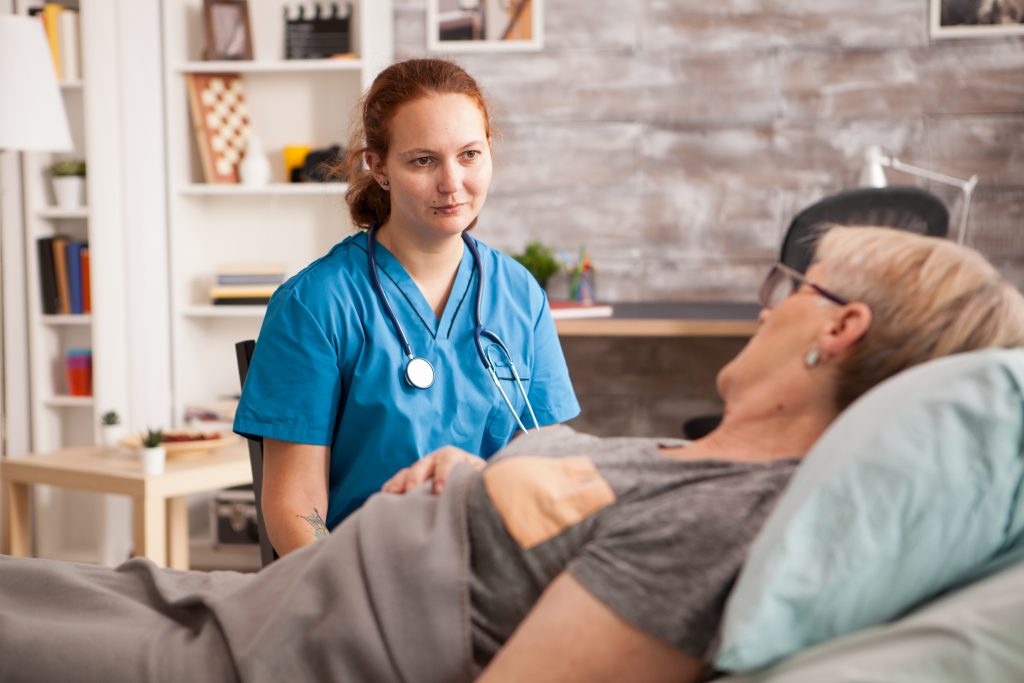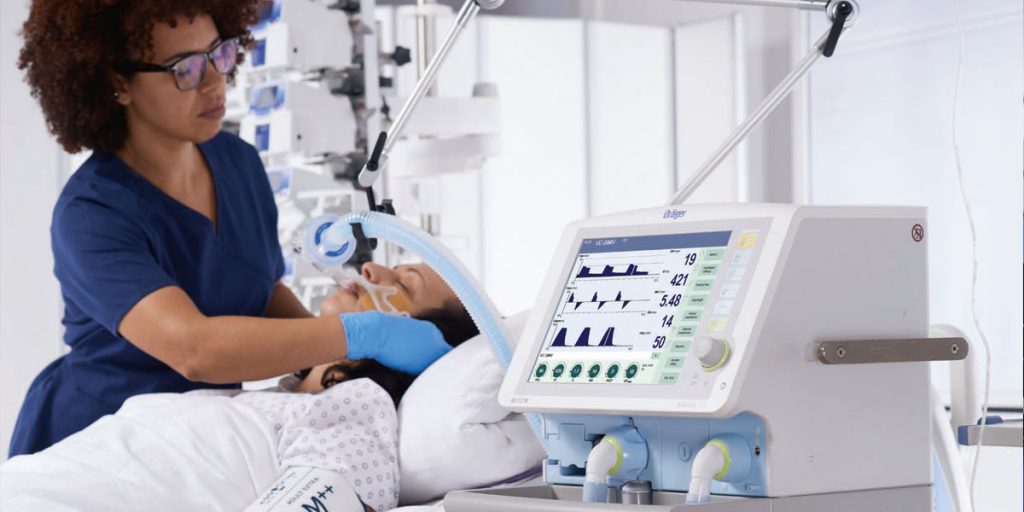
Respiratory conditions are most common in the elderly. While some patients can recover on their own, others may need to receive mechanical/invasive ventilation or non-invasive ventilation to help them breathe more easily.
Mechanical ventilation is a supportive, nontherapeutic technique for patients who are unable to breathe on their own. This technology uses mechanical ventilators that do the effort of breathing for them and can be life-saving. It is used to simulate the physiological function of the exchange of gases performed by the respiratory system until it achieves maturity.
It is referred to as invasive ventilation as it is provided to the patient through a hollow tube (artificial airway) that enters the patient’s mouth and descends into their primary airway, or trachea. Until they recover sufficiently to breathe on their own, they are kept on the ventilator. The device guarantees that the body gets enough oxygen and that carbon dioxide is expelled.Support from a ventilator machine carries some hazards of its own, such as an increased risk of infection after more than two weeks of use. Other dangers include the possibility of lung injury and the requirement for a tracheostomy in patients who cannot detach or disassociate themselves from a ventilator.
Respiratory conditions that require mechanical/invasive ventilation
Respiratory issues that may require mechanical/invasive ventilation can result from a variety of medical disorders which include but are not limited to:

Non-invasive ventilation refers to the use of mechanical ventilation without any physical manipulation of the breathing apparatus by the health care professional or patient. This means it acts as breathing assistance that involves using a machine to blow air into the lungs, but without a ventilator.
This can be done via a mask or continuous positive airway pressure (CPAP), which prevents the patient from having to breathe on their own. It can be used in patients when they have difficulty breathing with an invasive device.
Non-invasive ventilation is currently a vital tool in the treatment of both acute and chronic respiratory failure, within both the home environment and intensive care unit, as a consequence of a substantial increase in its use during the previous two decades. Invasive ventilation has been replaced with non-invasive ventilation, and due to its adaptability, it can also be a useful addition to patient treatment.
Respiratory conditions that require non-invasive ventilation
Respiratory medical conditions that may necessitate non-invasive ventilation include but are not restricted to:
We provide assistance and care for you
Regardless of the type of disorder, you are suffering from, Real Care Health Services provide efficient ventilation support, whether invasive or non-invasive, to those in need. It is crucial to understand that this service does not cure any disorder but aids the patients with artificial ventilation so that they can have a chance to sustain life and stability while the drugs and medical treatments help in their recovery.
We provide high-quality nursing care for patients with acute or chronic respiratory conditions at home as we consider it to be crucial to ensure their safety along with their comfort. Our qualified nursing staff is trained to pay close attention and care to any changes in your condition, including intake and output parameters of ventilation like blood gases, as well as signs of increasing stress and agitation.